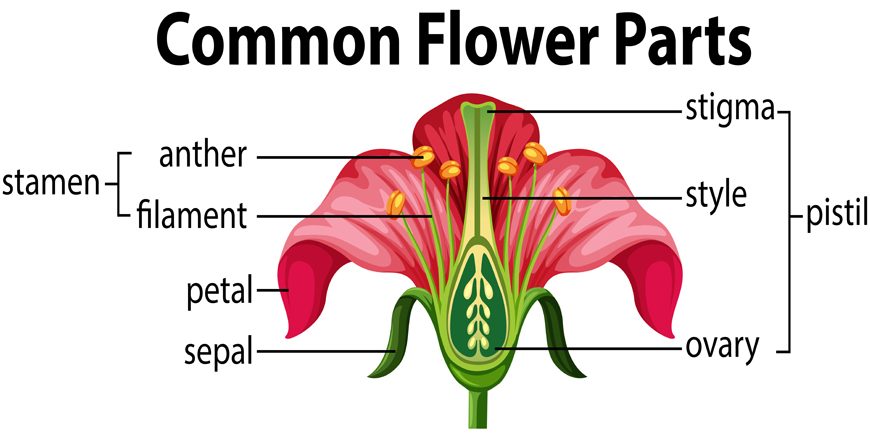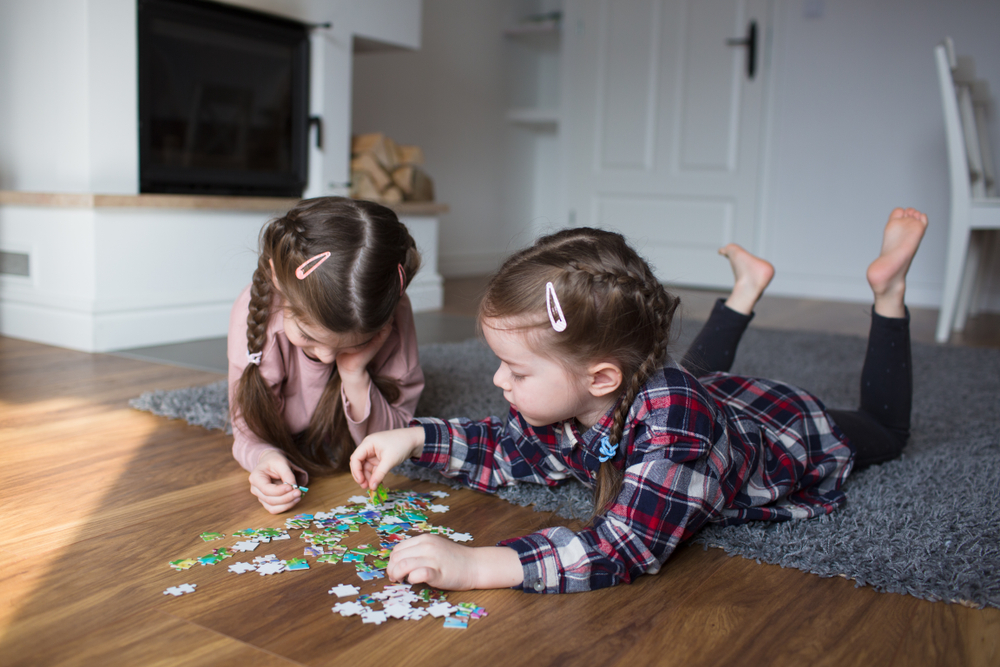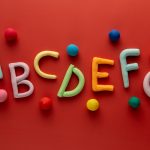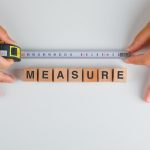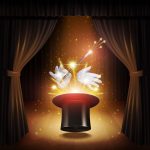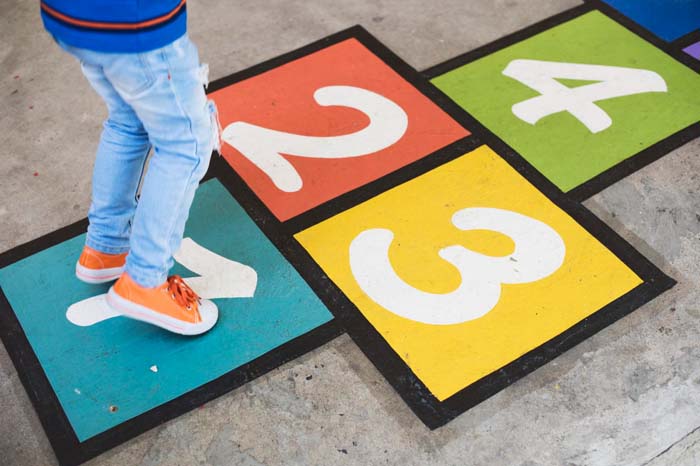Nature is one of the best teachers, especially when it comes to introducing young minds to the wonders of the world. Flowers, with their vibrant colours and delicate structures, provide an enchanting gateway to understanding plant life. For kindergarten children, exploring the parts of a flower and learning about their functions is not just educational—it’s an adventure filled with curiosity and discovery.
Let’s take a closer look at the different parts and functions of a flower, their roles in plant life, and how they weave a beautiful tale of growth, reproduction, and continuity.
Understanding Parts and Functions of a Flower
Flowers are not just pretty to look at—they are made up of different parts, each with an important job to help the plant grow and make seeds. Let’s get to know flowers and its parts and functions better.
- Petals
- Sepals
- Stamen: The Pollen Producers
- The stamen is the part of the flower, and it functions as a pollen reproductive part. It is the male part of the flower and has two main parts:Anther: This is where the pollen is made. Pollen is a yellow, powdery substance that helps flowers make seeds.
- Filament: This is the thin stalk that holds up the anther. It keeps the anther high, so pollen can easily stick to insects or get carried away by the wind.
- Pistil: The Seed Maker
- Stigma: The sticky top part that catches pollen when insects visit the flower.
- Style: A long tube that connects the stigma to the ovary. It helps the pollen travel down to the ovary.
- Ovary: This is where the seeds grow once the pollen reaches it. It protects the baby seeds until they are ready to grow into new plants.
Petals are the bright and colourful parts of a flower that catch our eyes. They look beautiful, but they also help the flower attract insects and birds. The bright colours and sweet smells bring in visitors like bees and butterflies. These visitors drink nectar from the flower and carry pollen from one flower to another, helping the plant make seeds and grow more flowers. Petals play an important role in pollination, the process by which flowers reproduce and create new plants. Without petals, flowers would not be able to attract the insects and birds needed for pollination.
Sepals are the small, green, leaf-like parts found under the petals. They protect the flower while it is still a bud. Before the flower blooms, the sepals wrap around the bud to keep it safe from rain, wind, and insects.
Once the flower is ready to open, the sepals fold back and let the petals shine. They stay at the bottom of the flower, giving it support and protection even after it blooms. Sepals play a vital role in keeping the flower safe until it is strong and ready to show its colours.
When a bee or butterfly visits a flower, it brushes against the anther and picks up some pollen. When it visits another flower, it leaves the pollen there, helping the plant make seeds. This process is called pollination, and it is how plants reproduce and grow new flowers.
The pistil of a flower is at its centre and is the female part that helps the flower make seeds. It has three main parts:
When pollen lands on the stigma, it travels down the style to the ovary. Here, it meets the ovule, and together they become a seed. This is how flowers make new plants. Once the seeds are ready, the ovary often turns into a fruit to protect them.
The Harmony Within: How Flower Parts Work Together
All the parts of a flower work together to help the plant grow and make seeds. Here is how each part helps:
- Petals Attract Visitors
- Sepals Protect the Flower
- Stamen Makes Pollen
- Pistil Makes Seeds
Petals are bright and colourful to attract insects and birds. They bring in bees, butterflies, and hummingbirds that drink nectar from the flower. As they drink the nectar, they pick up pollen on their bodies.
When these visitors fly to another flower, they leave the pollen there. This helps flowers pollinate and make seeds. Without petals, flowers would not be able to attract as many visitors to help with pollination.
Sepals are like shields that protect the flower while it is growing. They wrap around the bud, keeping it safe from wind, rain, and insects. Once the flower is ready to bloom, the sepals open up and stay at the bottom, giving the flower support.
The stamen produces and releases pollen. When insects visit the flower, they brush against the anther and pick up the pollen. As they move from one flower to another, they spread the pollen, helping flowers grow new seeds.
The pistil is where seeds are made. The sticky stigma catches pollen brought by insects. The pollen then travels down the style to the ovary. Here, it meets the ovule, and together they grow into a seed. Once the seeds are ready, the ovary turns into a fruit. This fruit protects the seeds until they are ready to grow into new plants.
The Flower’s Symphony: A Peek Inside the Flower
To understand how flowers work, let’s look inside at the parts that help make seeds:
- Stigma: The Pollen Catcher
- Style: The Pollen Pathway
- Ovary: The Seed’s Safe Place
- Anther and Filament: The Pollen Factory
The stigma is at the top of the pistil and is sticky so it can catch pollen. When an insect brings pollen from another flower, the stigma grabs it, starting the seed-making process.
The style is a thin tube that connects the stigma to the ovary. It helps the pollen travel down to the ovary, where the seeds are made.
The ovary is at the bottom of the pistil and protects the ovules. When pollen reaches the ovule, they combine to form a seed. The ovary later turns into a fruit, protecting the seeds until they are ready to grow.
The anther is the part of the stamen that makes pollen. It sits on top of the filament, which holds it up high so insects and the wind can carry the pollen away to other flowers.
Understanding Flower Structure: Nature’s Smart Design
Flowers are cleverly designed to attract pollinators and make seeds:
- Symmetry in Petals and Sepals
- Placement of Stamen and Pistil
- Ovary Position
Some flowers have petals and sepals arranged in a circle, while others are shaped like a mirror image. This symmetry helps flowers attract specific pollinators, like bees or hummingbirds.
The stamen and pistil are placed carefully inside the flower to make pollination easier. Some flowers have both, while others only have one, which helps plants mix their genes for healthier offspring.
The ovary’s position can be above, below, or in the middle of the flower parts. This affects the shape and type of fruit the flower makes, helping the plant spread its seeds in different ways.
Fun Learning Activities for Kindergarten
To make learning about flowers fun and interactive, try these activities:
- Flower Dissection: Allow children to gently take apart a real flower to explore its parts up close.
- Craft Time: Create paper flowers, labelling each part—petals, sepals, stamen, and pistil.
- Pollinator Role-Play: Let kids pretend to be bees or butterflies, “pollinating” flowers by transferring paper pollen.
These activities make learning tactile and memorable, sparking curiosity and creativity.
Conclusion
Through storytelling, interactive lessons, and hands-on activities, we ensure that learning is joyful and enriching. Parents can use the information mentioned above to enhance their little one’s understanding of a flower and its parts and functions. Looking for creative ways to enhance your kid’s knowledge about nature? Visit our blog, Preschoolers And DIY Nature Weaving: Outdoor Artistry, to engage your little one in fun and interesting outdoor activities.
You can visit the EuroKids Blog for more information on your little one’s development, learning, and health. Additionally, check out EuroKids Preschools—the first step in your child’s learning journey.





